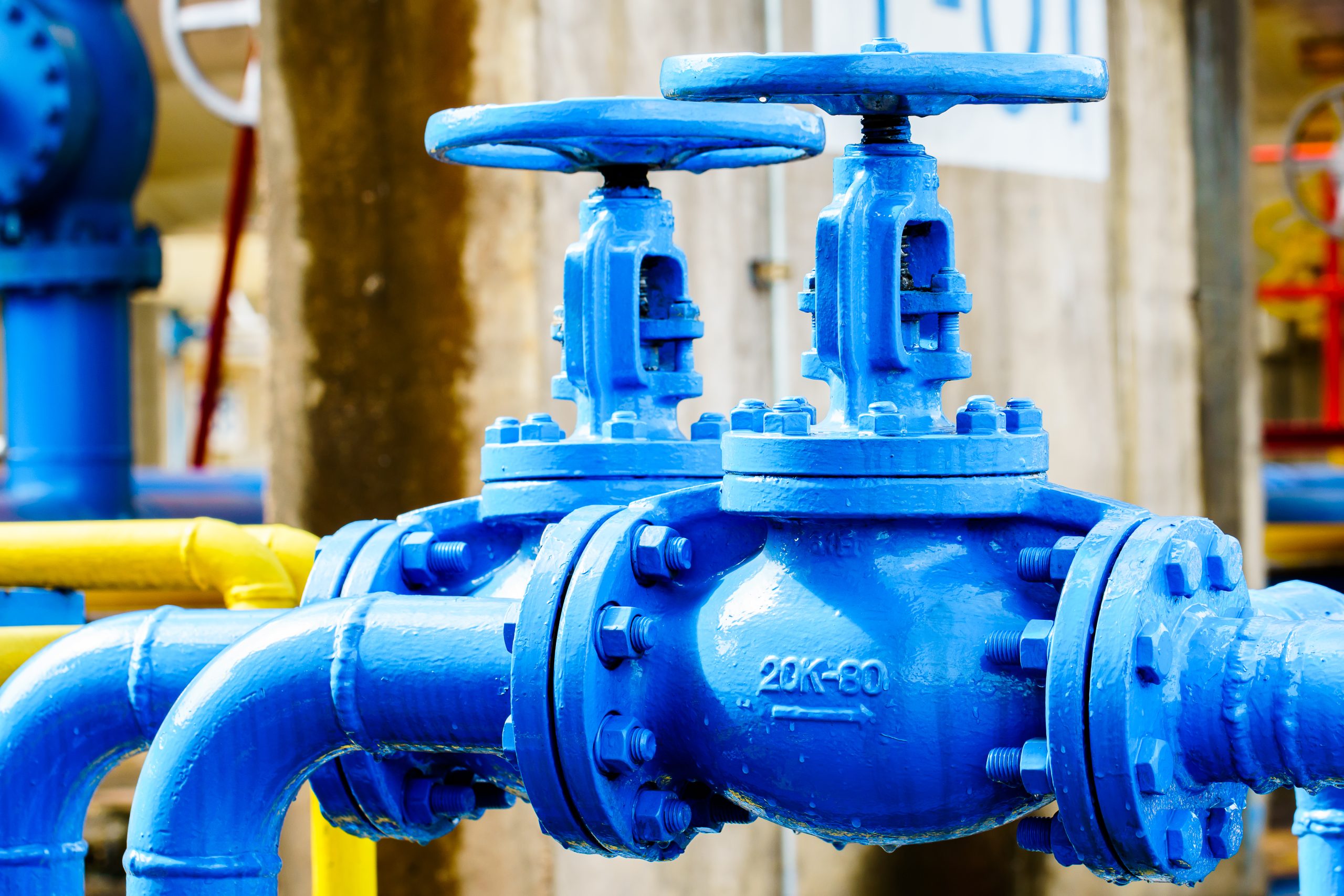Fluid handling systems that are efficient and dependable are of the utmost importance in industrial applications. The double diaphragm pump is one such development that has caused a stir in many different fields.
Double diaphragm pumps quickly replace other pumps for transferring fluid because of their innovative design, adaptability, and many other advantages. Learn why these versatile pumps are becoming the preferred choice for various fluid handling needs.
Understanding Double Diaphragm Pumps
1.1 What is Double Diaphragm Pumps?
Compressed air is the driving force behind the fluid transfer in positive displacement pumps known as double diaphragm pumps or AODDs. Pumping fluids is accomplished by utilizing a pair of flexible diaphragms that move in opposite directions to provide suction and discharge.
1.2 Key Features and Components

For optimal performance, double diaphragm pumps incorporate several features. Elastomers or thermoplastics make diaphragms that separate the fluid from the air chamber. Ball and flap valves are commonly used to regulate flow and stop backflow.
The air chambers facilitate fluid transmission by a reciprocating movement created by alternating pressure on each diaphragm.
1.3 Advantages of using Double Diaphragm Pumps
Double diaphragm pumps are useful in different applications due to their adaptability. These pumps can process various media, including solvents of varying thicknesses, liquids of extreme viscosity, and even abrasive and shear-sensitive substances.
Also, read: The Ultimate AODD Pump Solution for Challenging Mining.
They can also operate dry without damage, making them useful for fluctuating flow rates or occasional dry operations. Also, double diaphragm pumps are great for uses where debris or particles are present since they are self-priming and can handle liquids with high solid content.
Double diaphragm pumps’ high pressures, and steady flow rates are only two of their many advantages. Because they don’t need electricity, these pumps reduce the potential for fires and explosions in potentially dangerous settings.
Applications of Double Diaphragm Pumps
2.1 Industrial Manufacturing

Double diaphragm pumps are already standard equipment in many factories. Paint circulation, ceramic slurry transfer, and ink dispensing are just a few of their many uses, including the transfer of abrasive fluids, chemicals, and different materials.
These pumps are well suited for chemical processing because of their high resistance to corrosion from corrosive liquids, acids, and bases. They are built to withstand the rigors of industrial settings, and their adaptability to diverse viscosities provides reliability in a wide range of production procedures.
2.2 Oil and Gas Industry
Double diaphragm pumps are crucial in fracking, oil transfer, and dewatering wells. Hydraulic fracturing, which needs the effective pumping of fluid and proppants into the well, is a good fit for them because of their capacity to handle fluids with a high sand content and shear-sensitive additives.
In oil refineries and service stations, double diaphragm pumps are often used to move diesel fuel, lubricants, and waste oil.
2.3 Food and Beverage Industry
Double diaphragm pumps are indispensable when moving and processing delicate and thick commodities like dairy, sauces, syrups, and candy. Food-grade materials were used to construct these pumps to guarantee they would meet health and safety regulations.
They are also safe for shear-sensitive fluids, so the final products maintain their original quality and uniformity.
2.4 Pharmaceuticals and Cosmetics
Double diaphragm pumps are popular When transferring liquids precisely and safely while maintaining a sterile environment. Pharmaceutical substances, creams, lotions, and other cosmetic concoctions are frequently transferred using these pumps.
They allow for precise dosing, which reduces waste and guarantees consistent batches. In addition, double diaphragm pumps protect delicate pharmaceutical and cosmetic items from contamination by air thanks to their airtight construction.
2.5 Water Treatment and Wastewater Management
Strong pumps that can handle caustic chemicals, sludge, and abrasive media are necessary for water treatment facilities and wastewater management systems. Because of their versatility, double diaphragm pumps are ideal for this type of work, which involves fluids with a wide range of viscosities and solid contents.
They are put to work in chemical dosing, the conveyance of slurries, and the feeding of filter presses. These pumps can still function well in difficult suction situations because of their self-priming feature.
Factors to Consider When Choosing a Double Diaphragm Pump

3.1 Flow Rate and Pressure Requirements
When choosing a double diaphragm pump, flow rate and pressure specifications should be considered. The proper pump of the right size and model will operate better and last longer than the wrong one. Calculating the needed flow rate and pressure may determine the right pump size and design.
3.2 Material Compatibility
Consider the materials you’ll be pumping while choosing a double diaphragm pump. Fluid parameters, including viscosity, temperature, and chemical composition, might impact the diaphragm and valve material choice. Selecting materials compatible with the fluid ensures long-term reliability and avoids damage or contamination.
3.3 Maintenance and Repair Considerations
Double diaphragm pumps must be serviced regularly to maximize their lifespan and performance.
Pump parts should be routinely examined, cleaned, and oiled to prevent breakdowns and costly repairs. Access to replacement components and reliable customer care is crucial in a pump breakdown.
Frequently Asked Questions (FAQs)
4.1 How does the double diaphragm pump work?
Compressed air reciprocates two diaphragms in a double diaphragm pump, causing suction and discharge motions that move fluids through the pump.
The diaphragms separate the fluid space from the air space, while the valves regulate the fluid’s movement. This innovative layout facilitates dependable and effective fluid movement in various settings.
4.2 What are the advantages of using double diaphragm pumps in industrial applications?
There are several uses for double diaphragm pumps in the industry. They can process various fluids, from water to abrasive and viscous substances.
These pumps don’t require priming, can run empty without damage, and can easily process solid-heavy liquids. They function admirably, are simple to set up and maintain, and pose a little risk even in potentially dangerous settings.
4.3 Can double diaphragm pumps handle abrasive fluids?
Double diaphragm pumps work well with abrasive fluids. They can survive the abrasive character of some fluids due to their sturdy build and the use of long-lasting diaphragms and valves. These pumps are a great choice for harsh environments because of their resistance to clogging and wear from solids.
4.4 What are the common materials used for diaphragms in double diaphragm pumps?
Elastomers and thermoplastics are commonly used to make diaphragms in double diaphragm pumps. Some of the most chemically resistant and versatile elastomers include nitrile, EPDM, and neoprene. Considering the fluid being handled before deciding on a diaphragm material is important.
4.5 How do I choose the right size of a double diaphragm pump?
The application’s flow rate and pressure demands determine a double diaphragm pump’s sizing. The right pump size and design may be determined by considering the fluid’s viscosity, the total dynamic head, and the pipe diameter.
The proper pump size can be selected for particular fluid handling demands by consulting manufacturers or specialists.
Conclusion
After its creation, the double diaphragm pump revolutionized how fluids were managed in several industrial settings. These pumps are becoming increasingly popular in various fields due to their innovative construction and wide range of possible applications.
When choosing a double diaphragm pump, businesses should consider flow rate, material compatibility, and maintenance needs. As time goes on and technology advances, double diaphragm pumps are expected to become the norm for transferring fluids in industrial settings.



One Response
Hi, this is a comment.
To get started with moderating, editing, and deleting comments, please visit the Comments screen in the dashboard.
Commenter avatars come from Gravatar.